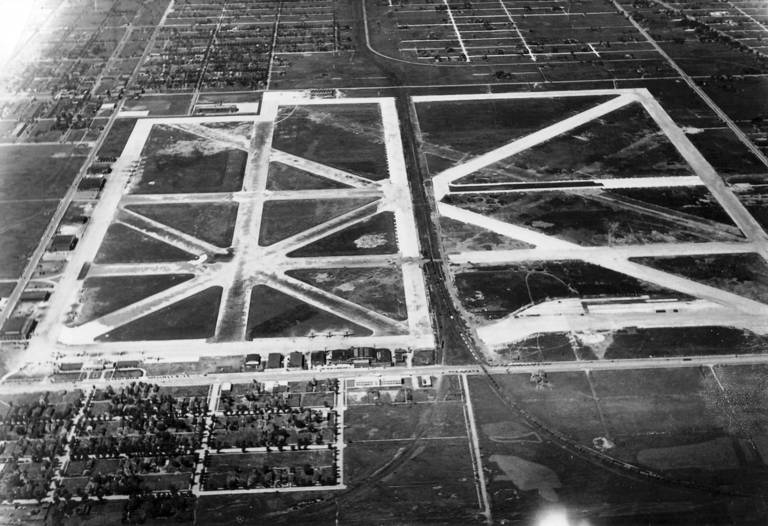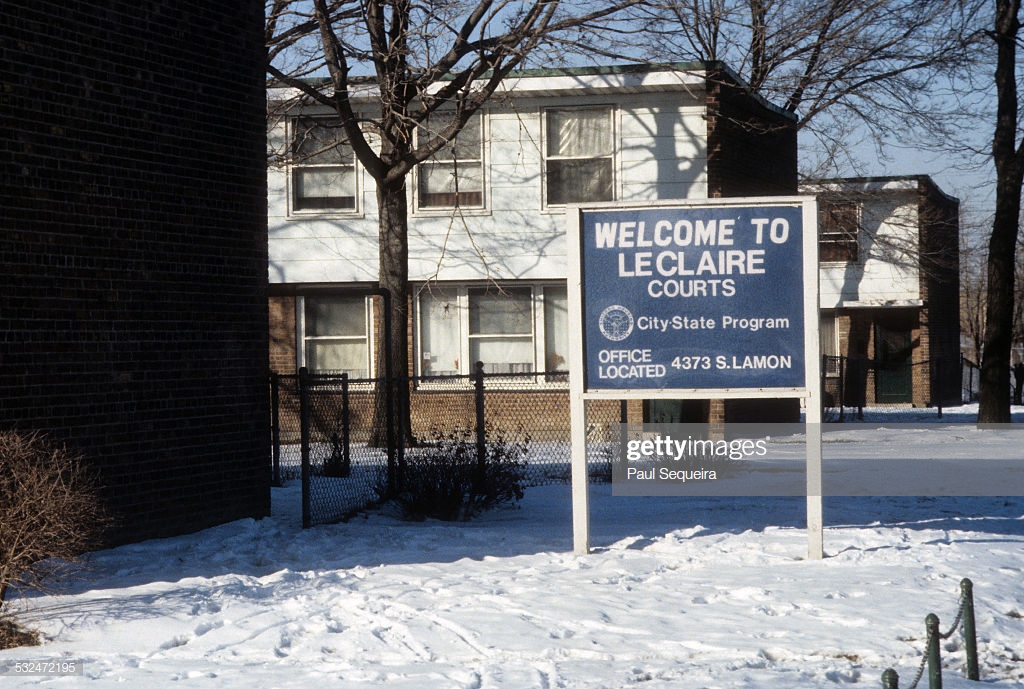About
Located in Southwest Chicago, LeClaire Courts is a neighbourhood in Garfield Ridge. The growth of the neighbourhood was catalyzed as a result of Midway Airport’s construction decades prior. The Chicago Housing Authority’s (CHA) construction of public housing was met with opposition from white residents who did not want to be of close dwelling proximity to black residents, and of developers who did not want real estate values to decline. The federal extension of the public housing units, in addition to the original state-funded housing were further controversial as it was constructed in an already existing, predominantly white neighbourhood. As the white residents left the neighbourhood, more black residents were attracted to the site and its early successes. Other public housing projects such as Ida B. Wells and Cabrini-Green Homes in the 1940s and the1950s were constructed on the outskirts of the city. The influx of black residents led to the construction of Hearst Public Elementary School in 1963. An annex building was added ito the school in the later years to accommodate the growing neighbourhood.
The demolition of LeClaire Courts in 2010 to pave way for redevelopment corresponded to the federal campaign that aimed to make public housing residents to be self-sufficient through integration and spatial decentralization. The departure of the social housing residents in 2010-11 led to a low enrollment in Hearst Elementary School which placed the school under the CPS closing list in 2012. The vacant annex building, years later, then, housed the expanding Academy for Global Citizenship public charter school. Currently, the site of the social housing complex remains empty and gated for redevelopment. The site’s proximity to the Chicago Midway Airport and Stevenson Expressway makes it a desirable neighbourhood for redevelopment.
LeClaire Courts is a neighbourhood that has been affected by contentious histories of segregation and educational reforms.
How do the temporalities (past, present, and future) change the identity of the neighbourhood?
How do systemic and spatial factors integrate to preserve and produce power?
How can differences be reconciled?

